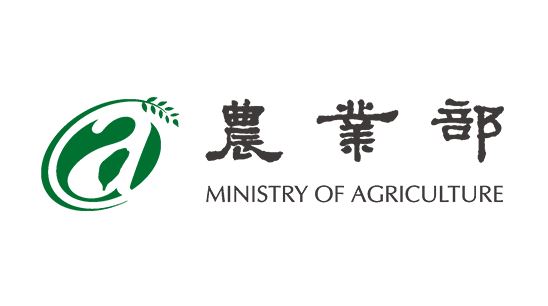Crop rotation: An effective system to improve crop production efficiency and minimize C footprints
Crop rotation has long been recognized as a beneficial management practice that increases crop productivity, break disease and insect cycles, and reduces the seed bank of stubborn weeds. However, its ecological services and environment benefits have not been systematically measured and analyzed. In this presentation, I will use two case studies to demonstrate the dual benefits of crop rotation for crop productivity and environmental carbon (C) footprint in the Eastern Canadian Mixedwood Plains Ecozone. Case 1 is an on-going study testing a maize-dominated cereal and legume crop rotation since 1992. It consists of three cropping systems: maize-soybean (MS), maize-forage legume (MF), and continuous maize monoculture (MM). Maize plots were fertilized with varying levels of nitrogen fertilizer and dairy manure during the maize phase of crop rotation. Case 2 was a four-year, four-crop, canola-dominated phase rotation and conducted over two cycles (2011-2018) at three sites in eastern Canada. In each rotation type, both crops appeared each year. For example, MS and SM, soybeancanola (SC) and CS, etc. occurred simultaneously at each site each year to account for the annual environmental influence on crop rotation effects, thereby total greenhouse gas (GHG) emissions and C footprint could be estimated annually. The following main points can be drawn from these projects: 1. The continuous maize monoculture produced the lowest grain yield, while maize in rotation with forage-legume yielded the highest; 2. Repeated manure application could provide up to 100% of the N required for the maximum maize yield; 3. N replacement values (NRV) ranged from 40 to 120 kg ha-1 for maize-soybean, and from 130 to 180 kg ha-1 for maize-forage legume rotation systems; 4. The magnitude of C footprint reduction varied with N fertilizer application rates, and maize treated with 100 kg N ha-1 in MS rotation produced the greatest economic yield with relatively low GHG emissions and C footprint; 5. Diversified cropping systems increased crop yields by an average of 32% and reduced the C footprint by 33%; and 6. Planting soybeans as a previous crop to canola is a promising strategy to increase canola crop productivity and N uptake, thereby reducing the carbon footprint of canola production. Our findings suggest that increased maize yields and reduced C footprints can be achieved through appropriate N application and crop rotation with forage legumes or soybeans, and that planting canola after soybeans or wheat following canola is a viable and sustainable strategy in eastern Canada.
知識樹分類
消費者知識庫 > 農藝類
消費者知識庫 > 園藝類
消費者知識庫 > 環境生態類
相關檔案下載
- 農民輔導與推廣服務- 臺灣蠶蜂昆蟲教育園區榮獲112 年度環境教育設施場所評鑑優異獎113/11/20
- 農業淨零碳排- 地被植物對增加果園土壤固碳之應用研究113/11/20
- 農業生態與國土綠色網絡- 苗栗縣西湖鄉文旦產區長期生態調查113/11/20
- 土壤肥料與農業機械-促進瓜果類作物抗逆境複方微生物堆肥之研發113/11/20
- 生物防治與植物保護研發應用-開發草莓潛伏性病害檢測技術及導入抗感病快篩技術於耐病育種113/11/20
- 作物改良、栽培技術及產品研發-抗白葉枯病水稻品種- 苗栗3 號113/11/20
- 蠶蜂及生物技術研發-二化性家蠶種原延長冷藏保存關鍵技術之研究113/11/20
- 運用智慧化茶園管理及新型加工製茶技術 以「臺灣製造,品質第一」為目標攜手開創新局113/11/18
- 設施蘆筍智慧栽培數位服務平台及智慧藥肥施作系統觀摩會113/11/18
- 臺南區農情月刊341期-推動 友善栽培技術 保育 水雉生態環境 菱角友善栽培管理技術示範觀摩會113/11/15






